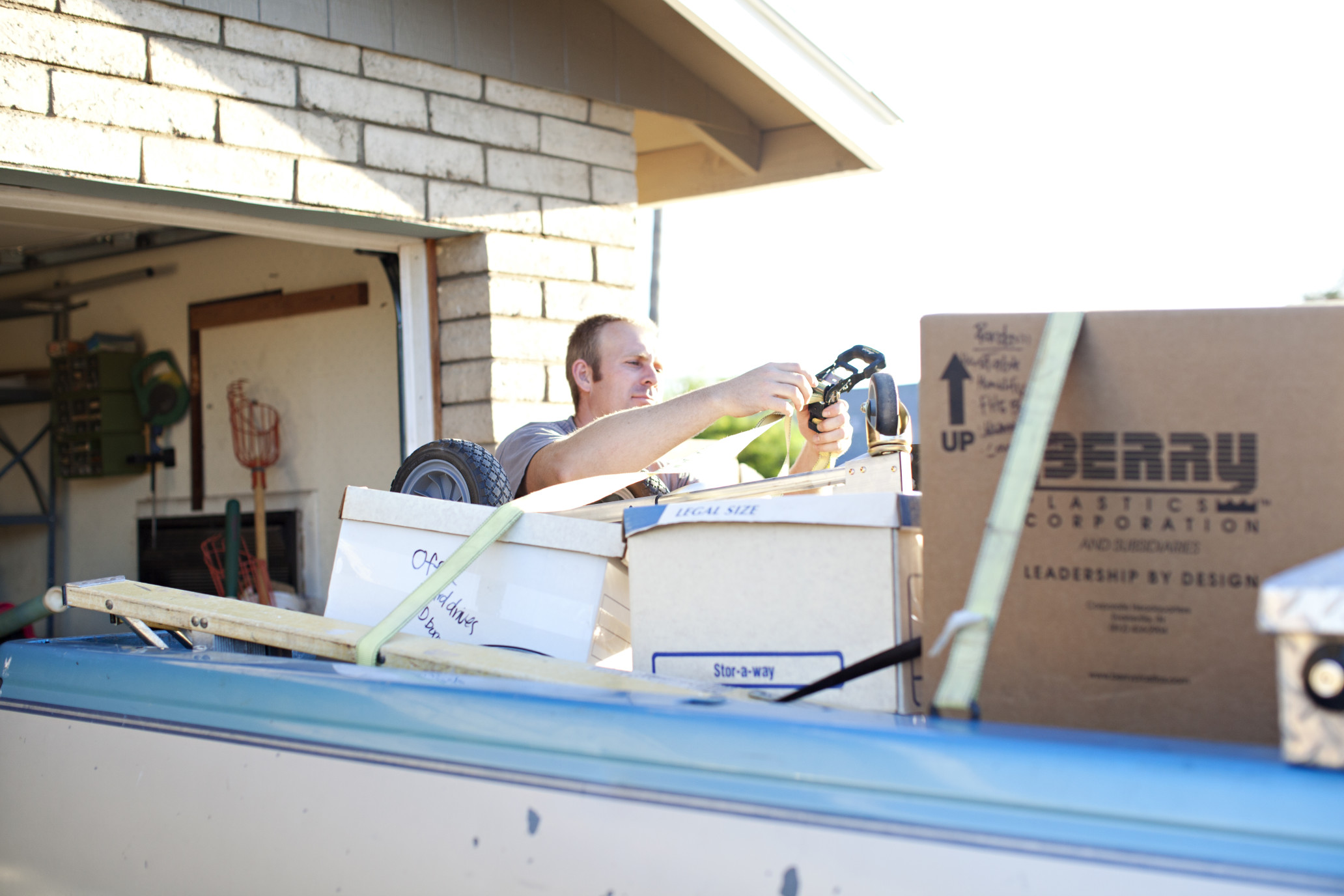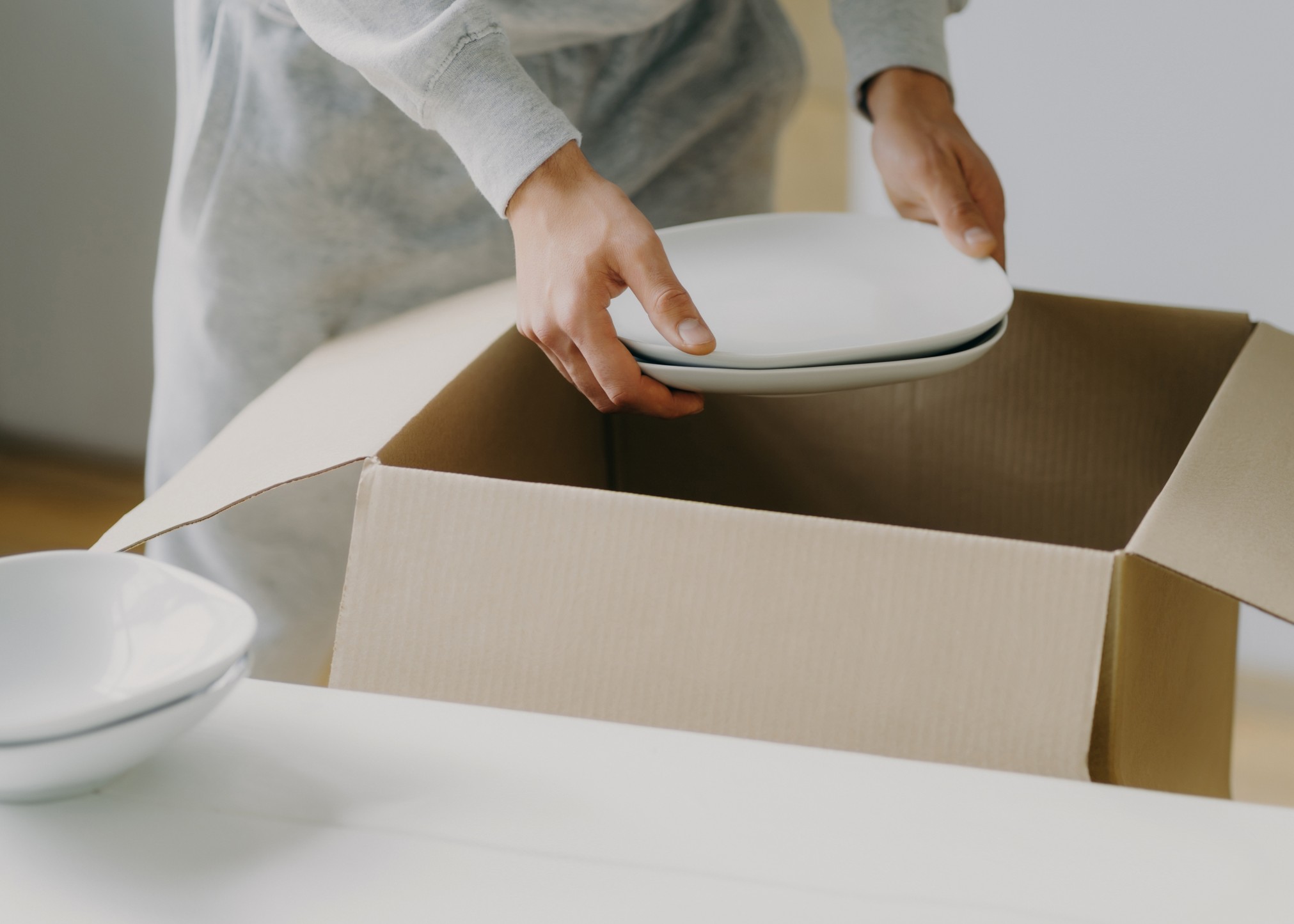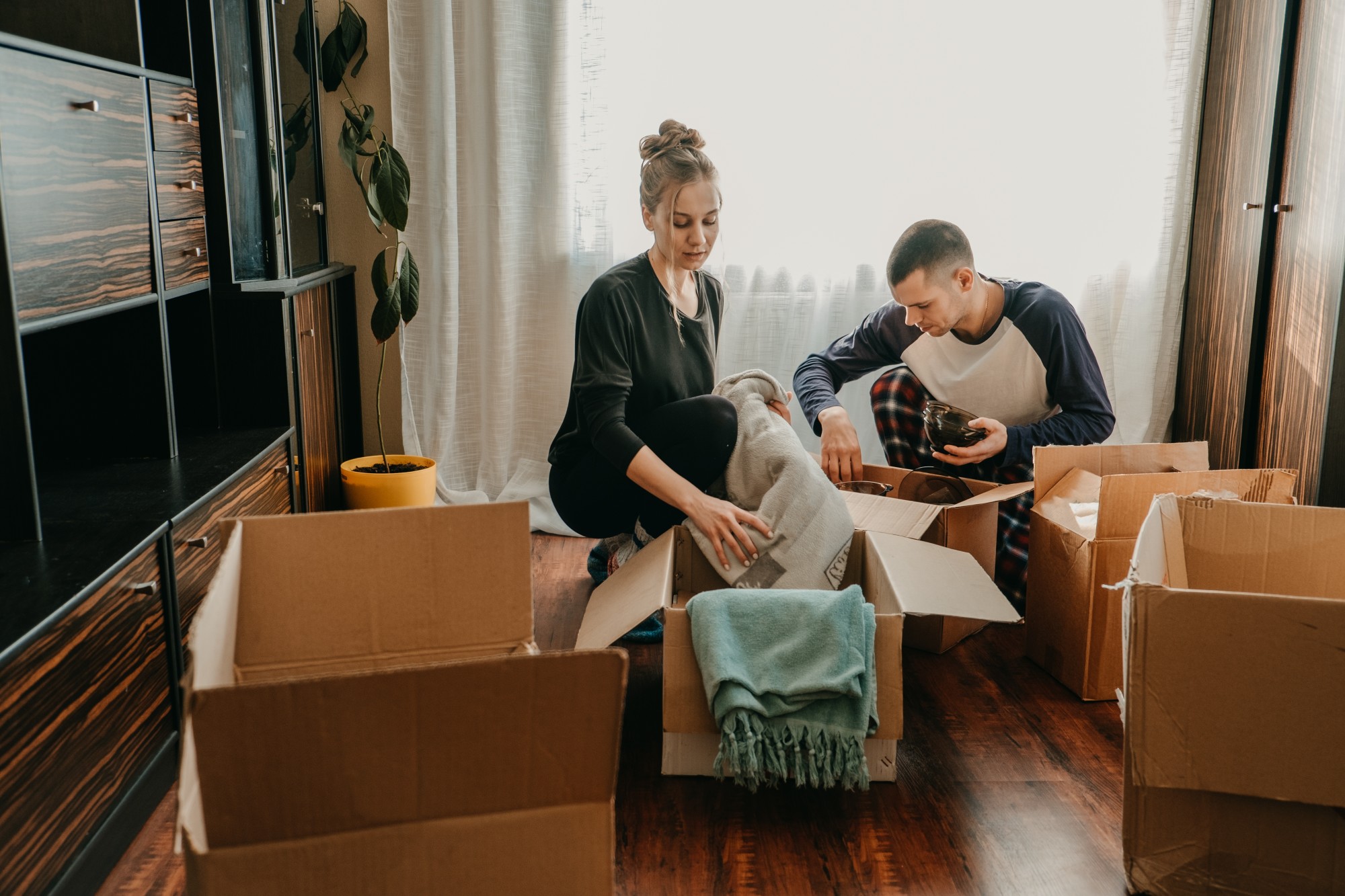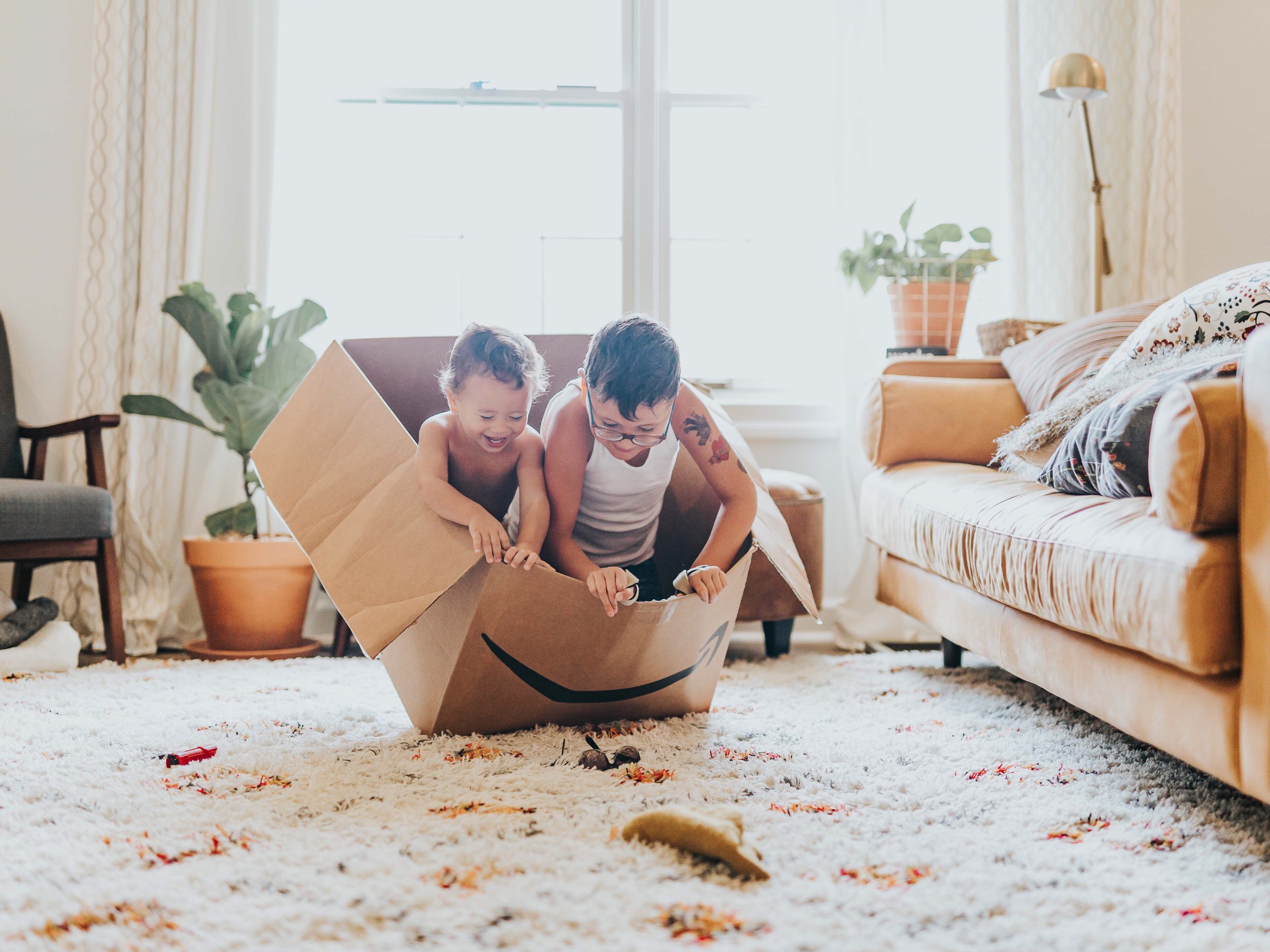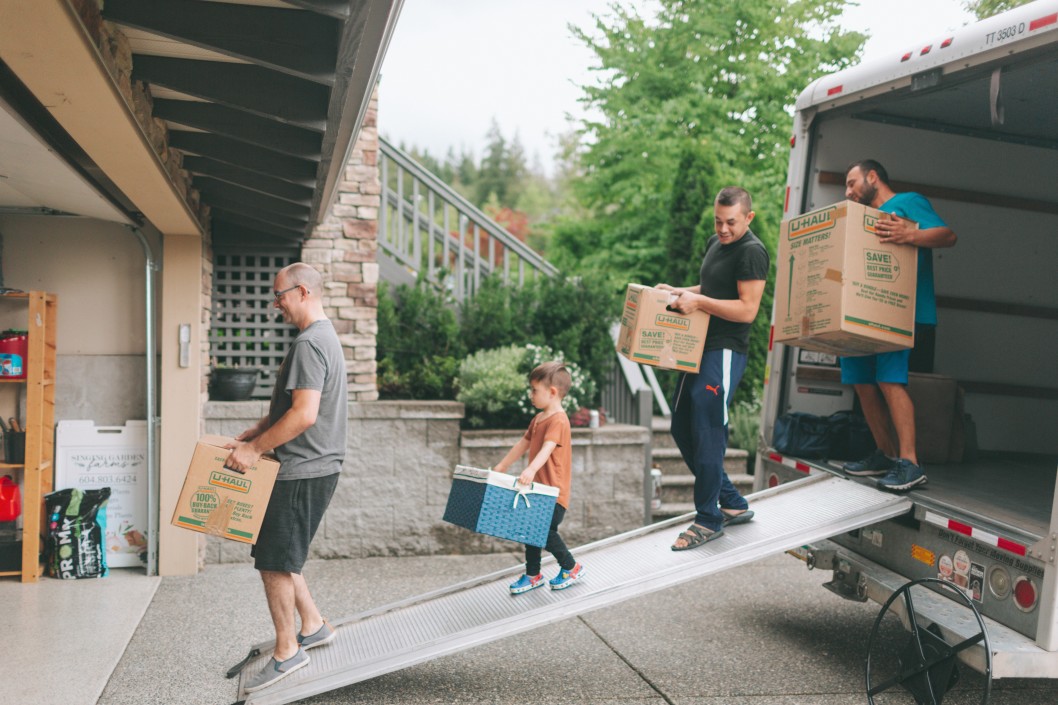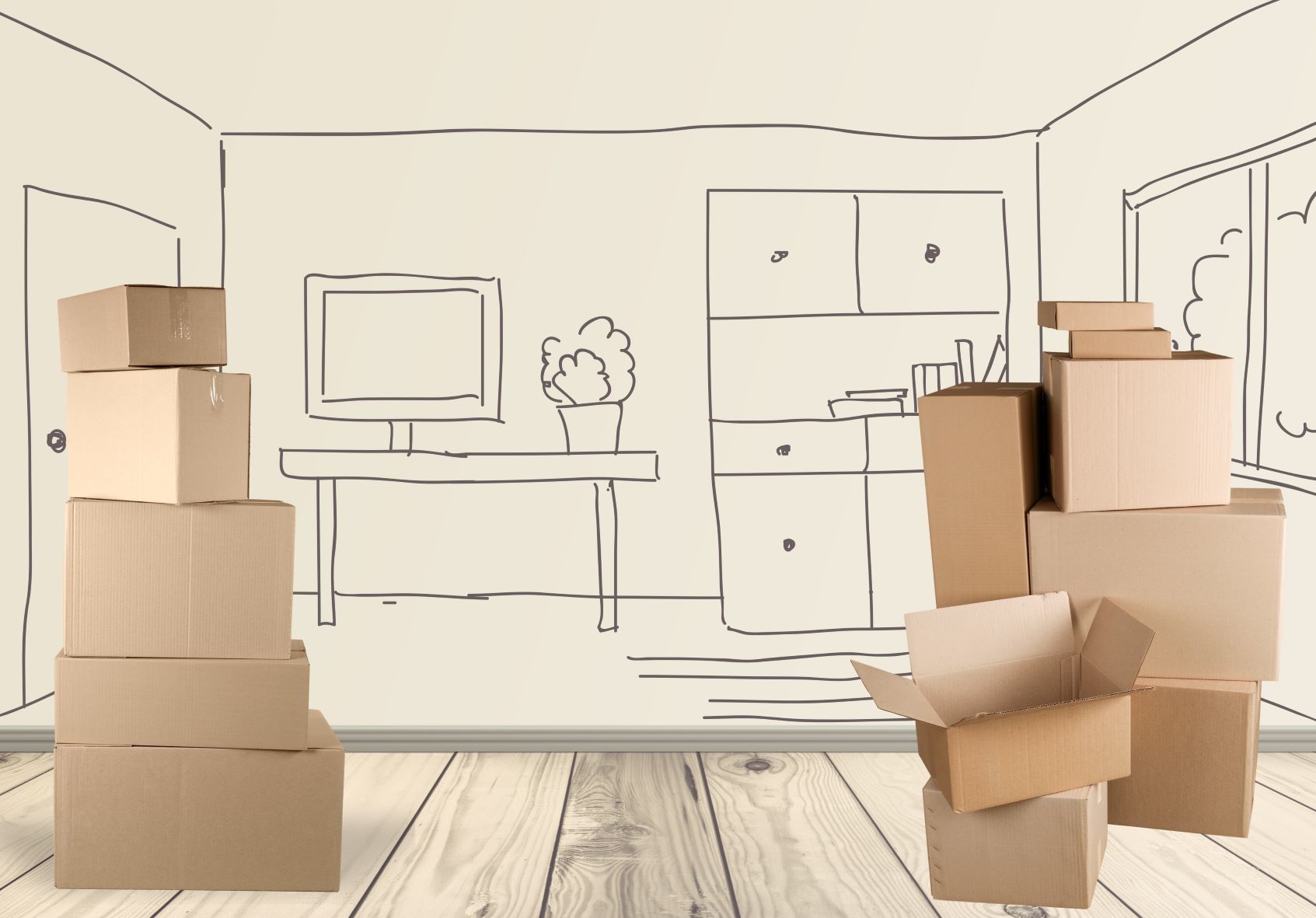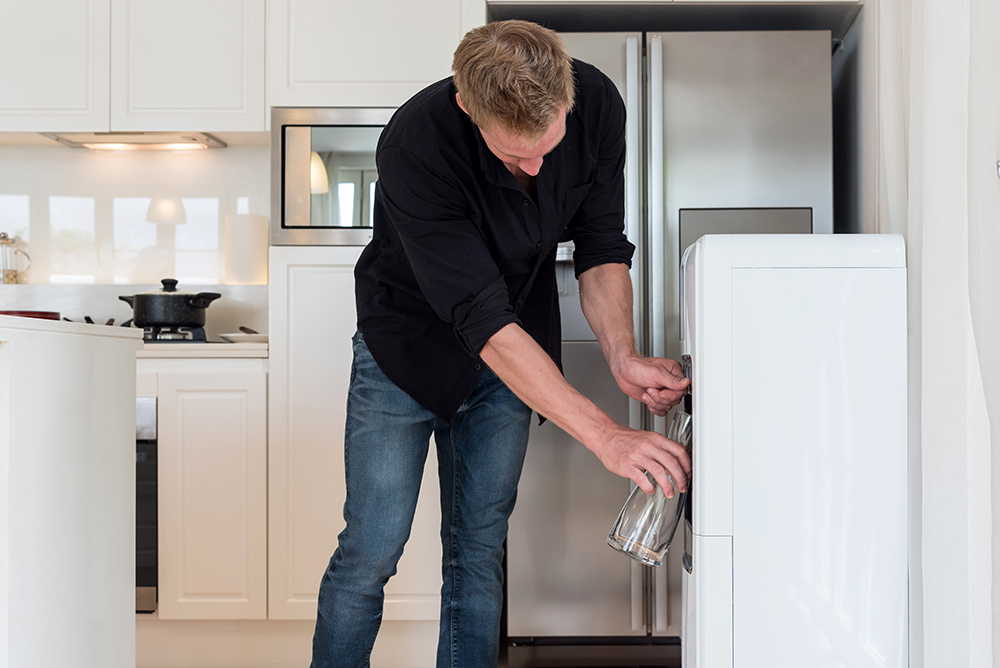Getting around should be an opportunity for new beginnings
The first thing that people think when they are going to mess around is how long it will take them to do it, what can be lost or damaged, and the cost involved in moving things from one place to another.
However, some people look at it from another perspective, seeing the move as an opportunity for improvement. If you are one of the first people, the advice is to change the chip, so your move will be much easier and it will not seem like an eternity.
What are the advantages of moving?
Here are some benefits of moving around to keep in mind to be positive during your move:
Changes are always good; although the phrase is somewhat hackneyed it is completely true.
In the process you will come across many things that were forgotten and will generally bring back good memories, these feelings are sure to prompt you to take up projects that you had left behind.
You will be able to start over in another place and do the things that you were not routinely able to do.
Have new decoration and location options for furniture and accessories, thus generating new environments.
You can donate or give away things that you no longer use or do not serve you. If they no longer have a useful life, it is time to get out of them.
If you make an honest list of the positives vs negatives of moving, you are sure to find more good reasons to leave than stay, and that’s what you need to focus on so you don’t lose your good attitude toward moving.
Stage 1: Planning
Moving time: it is important that you start at least two weeks before packing and planning your move. Don’t leave everything to the last minute because it is sure to be a nightmare and stress will consume you.
Note: A good idea is to create a well-organized folder with all documents such as contracts and receipts.
Photos of the connections and complex assemblies:
Before disassembling televisions, computers, tablets, or other complicated assemblies, take a photo of it with your cell phone and save the screws or pieces to assemble each object separately. This will come in handy when you arrive at your new home and begin assembling these artifacts or furniture without any complications.
Organization system:
The way you organize your freight is the definitive factor to guarantee a fast and efficient process. Think about how things will be done on moving day. A good recommendation is to use a labeling system to mark all the boxes with the number and name of the room.
For example Box # 1 room Camila closet, Box # 2 room Camila books, etc.
If you want to go one step further, you can create a list of boxes that went out by room so you don’t miss a thing. If you have a moving company or friends who help you, you can make the task easier by placing signs in the rooms of the new house that correspond to the name on the boxes, so they will know where to leave each box.
Stage 2: Throwing away or giving away?
Two boxes to simplify the moving: Moving is the perfect excuse to know what you can throw away or give away. A few days before the move, go into each room and check all your things. Use two boxes “what is thrown away” and “what is given away” to classify the objects.
It’s more difficult than it sounds, but to make it easier for you to decide, ask yourself these questions:
Did I use it in the last year?
Do I like to use it or is it annoying?
Is there another object that fulfills the same function?
If it gets lost in the mess, would I notice it?
Answering these questions will make it easier to decide if something is going or staying. Before you put something in the gift box, check the condition it is in and consider selling it.
Oblivion box:
If some things are very difficult to classify among themselves, they are thrown away or given away, use the third box, “the forgetting box.” In it, you can keep things and if in six months or a year (after the move) you have not used them you should get rid of them, take it as a long-term commitment.
Stage 3: Materials and tools
Packing materials: When it comes to moving, it’s best to have boxes and bags leftover rather than missing, so gather as many different-sized boxes as you can. You can also recycle old magazines or use kraft paper to protect fragile items.
Corrugated cardboard is used to protect furniture such as dining room, chairs, or paintings. Industrial garbage bags (they are larger and sturdier) are good for storing shoes and clothes, although it is also a good idea to use large travel bags for this.
The stretch plastic is used to wrap everything and the thick adhesive tape is a must. To carry out the label system, remember to have scissors, sticky paper, and a permanent marker on hand.
Stage 4: Pack
One room at a time: On moving day, start the task of picking one room at a time. The recommendation is to start with the rooms where the use of things is not essential such as bedrooms, study, living room, etc. The idea is to leave for the last days the things that are used more frequently and that are bigger like the beds, the dining room, the refrigerator, washing machine, the kitchen utensils. Still, the one who decides what to pack first is you, identifying how you use things.
Pack according to the object:
It is important that you take into account the type of furniture or object that you are going to pack since household items vary in size, weight, and fragility. Packaging according to the characteristics of each piece of furniture:
Clothes: Roll up your clothes to save space and store them in travel suitcases or garbage bags.
Heavy objects: things that are heavy and of small or medium size (such as books, magazines, decoration, etc.) should go in the bottom of the boxes, not exceeding the resistance capacity of each box. Use small or medium boxes to store these items.
Light objects: If they are things that do not require much care like toys, bathroom accessories, or cleaning, you can group them by wrapping them in stretch plastic. If they are things like sheets and covers, you can pack them in large boxes.
Delicate objects: these must also go in boxes, but before being deposited in them it is vital to wrap each one separately. You can use kraft paper, bubble wrap or old clothes, the latter being an excellent option to save on packaging materials and give another use to those garments that are going to be thrown away.
If you have large mirrors, mark an X with tape on them so if they break they do not cause more damage, these objects can be wrapped in kraft paper, stretch plastic, and finally a layer of bubble wrap or a blanket to protect them.
Large objects: this category is made up of different types of furniture.
Pictures: if you are going to transport them in your car, you can wrap them in stretch plastic, but if they are very valuable it is better to double-coat them first with corrugated cardboard and then with stretch plastic.
Beds: wrapping them in stretch plastic will be enough to protect them.
Living room furniture: if the material is delicate, use craft paper and then stretch plastic.
Dining room: the chairs can be wrapped in stretch plastic and for the table you can use a covering of kraft paper or newspaper, followed by stretch plastic, and finally, a blanket to cushion the movement, especially if it is made of glass.
Appliances: televisions are kept in their original box and if you threw it away you can use corrugated cardboard, a layer of stretch plastic, and a box or a blanket. For the fridge and the washing machine you only need to wrap them in stretch plastic. Keep in mind that household appliances have other implications before moving.
Hire a moving company: If all of the above seems too cumbersome or you don’t have the time to do it, you can hire John D. Moving to make this whole process easier for you and just supervise the packing and moving work.
Want to move? Contact John D. Moving


